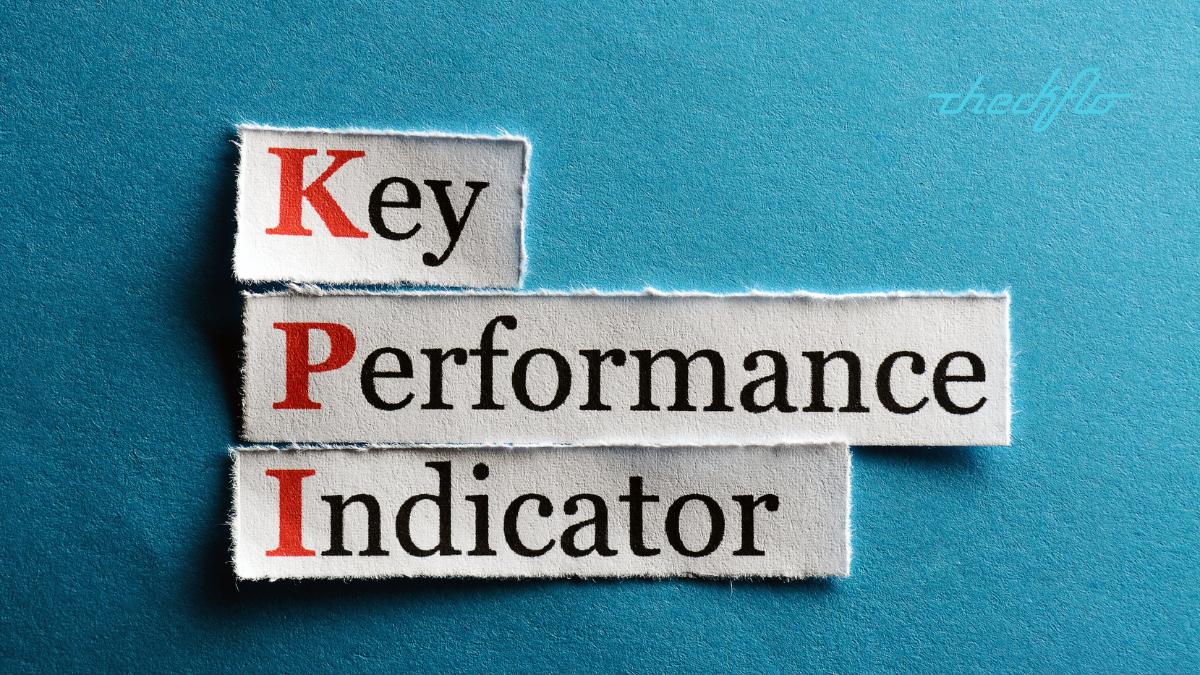Important KPIs for AP Departments
In today’s competitive business environment, accounts payable (AP) departments need to be efficient, cost-effective, and strategically aligned with organizational goals. One way to achieve this is by monitoring key performance indicators (KPIs). These metrics can help AP managers measure the effectiveness of their department, identify areas for improvement, and set targets for future growth. This article outlines some of the most important KPIs for AP departments and explains how they can be used to drive performance and continuous improvement.
1. Cost per Invoice
Formula: (Total AP Department Expenses / Number of Invoices Processed)
Potential Pain Points: Inefficient processes, manual tasks, high overhead costs
The total cost of processing an invoice, including labor, overhead, and technology expenses, is a critical KPI for most AP departments. By lowering the cost per invoice, organizations can achieve significant savings and improve overall efficiency. To reduce this cost, AP managers can implement process improvements, adopt automation, and optimize their team’s workload.
2. Invoice Processing Time
Method: Track the time from invoice receipt to payment and calculate the average.
Potential Pain Points: Delayed approvals, manual data entry, communication issues
The average time it takes to process an invoice, from receipt to payment, is another important KPI for AP departments. Faster processing times can improve cash flow management and strengthen supplier relationships. To minimize processing time, AP managers can streamline workflows, automate manual tasks, and establish clear communication channels with suppliers.
3. Invoice Exception Rate
Formula: (Number of Invoices with Exceptions / Total Number of Invoices) x 100
Potential Pain Points: Inaccurate data, missing information, discrepancies
The percentage of invoices that require manual intervention or additional processing steps due to discrepancies, errors, or missing information is known as the invoice exception rate. A lower exception rate indicates more efficient and accurate invoice processing. To reduce this rate, AP managers can implement better data validation processes, ensure accurate supplier information, and train their team on best practices.
4. First-time Match Rate
Formula: (Number of Invoices Accurately Matched on First Attempt / Total Number of Invoices) x 100
Potential Pain Points: Poor data quality, inefficient matching processes, outdated matching criteria
The percentage of invoices that are accurately matched to purchase orders and/or receipts on the first attempt is referred to as the first-time match rate. A higher first-time match rate suggests better data accuracy and streamlined processing. To improve this rate, AP managers can focus on data quality, implement automated matching solutions, and review their matching criteria.
5. Late Payment Rate
Formula: (Number of Late Payments / Total Number of Payments) x 100
Potential Pain Points: Inefficient payment processes, unclear payment terms, missed payment deadlines
The percentage of invoices that are paid after their due date is an essential KPI for AP departments. Reducing late payment rates can help organizations avoid penalties, enhance supplier relationships, and take advantage of early payment discounts. To minimize late payments, AP managers can establish clear payment terms, automate payment scheduling, and monitor payment deadlines.
6. Percentage of Electronic Invoices
Formula: (Number of Electronic Invoices / Total Number of Invoices) x 100
Potential Pain Points: Resistance to change, lack of e-invoicing solutions, supplier reluctance
The proportion of invoices received and processed electronically, as opposed to paper-based invoices, is a key metric for modern AP departments. Increasing the percentage of electronic invoices can lead to cost savings, improved efficiency, and reduced environmental impact. To achieve this, AP managers can work with suppliers to transition to electronic invoicing and leverage electronic data interchange (EDI) or other e-invoicing solutions.
7. Percentage of Automated Payment Processing
Formula: (Number of Automated Payments / Total Number of Payments) x 100
Potential Pain Points: Manual payment handling, lack of automation solutions
The proportion of payments processed using automated solutions is an important KPI for AP departments. Increasing the percentage of automated payment processing can lead to improved efficiency, accuracy, security, and cost savings, as well as enhance supplier relationships. AP managers can adopt automated payment solutions, such as online check writing and mailing services to streamline their payment processes.
8. Accounts Payable Turnover Ratio
Formula: (Total Supplier Payments / Average Accounts Payable)
Potential Pain Points: Inconsistent payment strategies, unfavorable payment terms, supplier prioritization issues
The number of times an organization pays its suppliers in a given period (usually a year) is measured by the accounts payable turnover ratio. A higher turnover ratio indicates faster payments, which can impact cash flow and working capital management. To optimize this ratio, AP managers can assess their payment strategies, negotiate favorable payment terms with suppliers, and prioritize payments based on supplier importance.
9. Days Payable Outstanding (DPO)
Formula: (Average Accounts Payable / (Total Cost of Goods Sold / Number of Days))
Potential Pain Points: Misaligned payment policies, delayed invoice processing, payment trend fluctuations
The average number of days it takes an organization to pay its invoices from the date of receipt is known as days payable outstanding (DPO). Monitoring DPO helps AP managers assess their department’s efficiency and cash flow management. To manage DPO effectively, AP managers can align payment policies with organizational objectives, ensure timely processing of invoices, and monitor payment trends.
Ready to Start Your AP Optimization Journey?
Regularly reviewing these KPIs will help AP managers maintain a strategic focus, track their department’s performance, and drive continuous improvement in their processes and operations. By understanding the importance of these metrics and implementing the necessary changes, AP departments can enhance their efficiency, cost-effectiveness, and overall contribution to the organization’s financial success and competitiveness. Implementing a strategic approach to accounts payable management, combined with the adoption of advanced technology and automation, will ultimately lead to a more agile and high-performing AP department.
Optimizing Accounts Payable KPIs with Checkflo
Checkflo offers a comprehensive solution for businesses that send paper check payments, helping them improve their KPIs and overall AP department performance.





